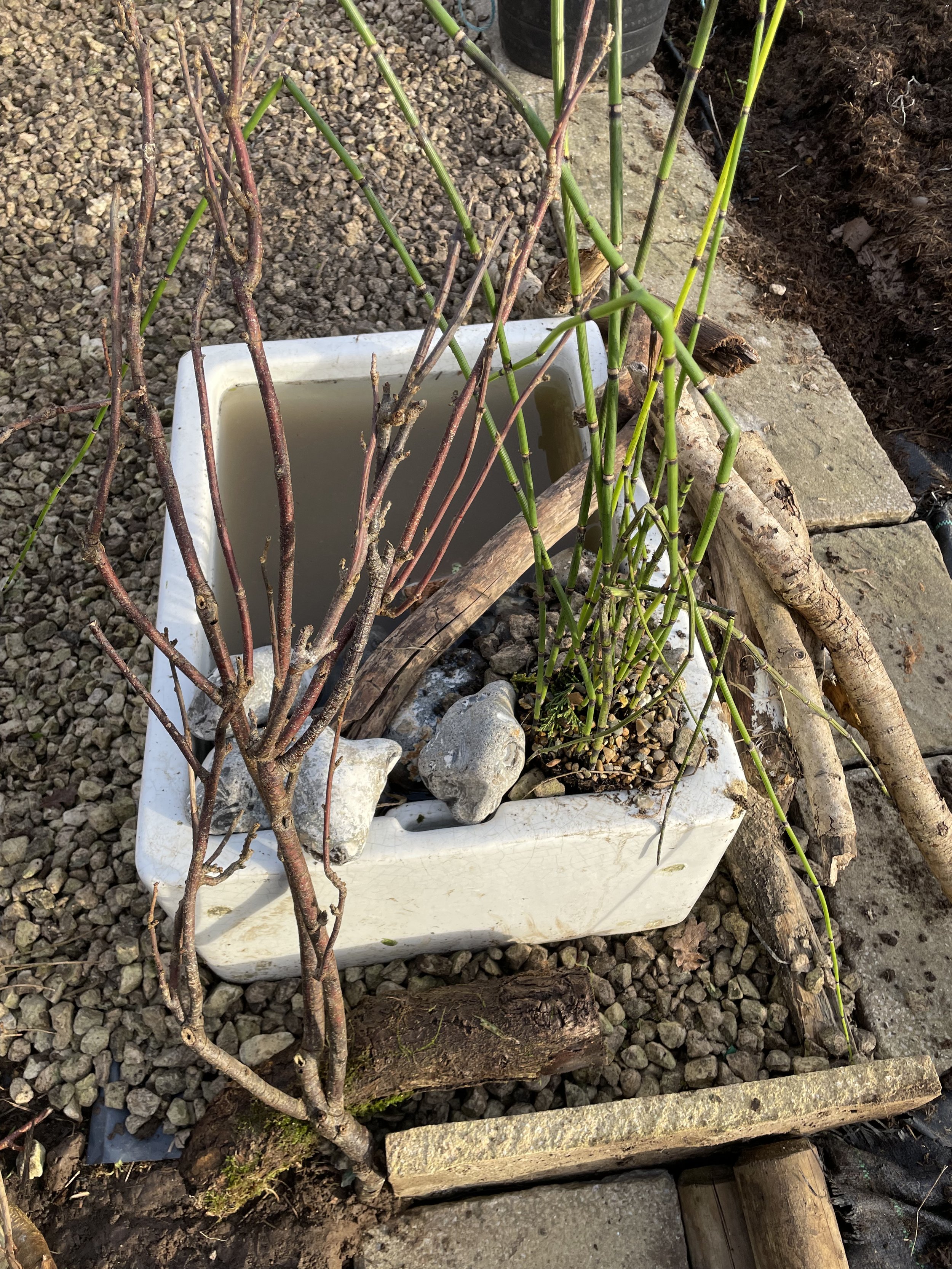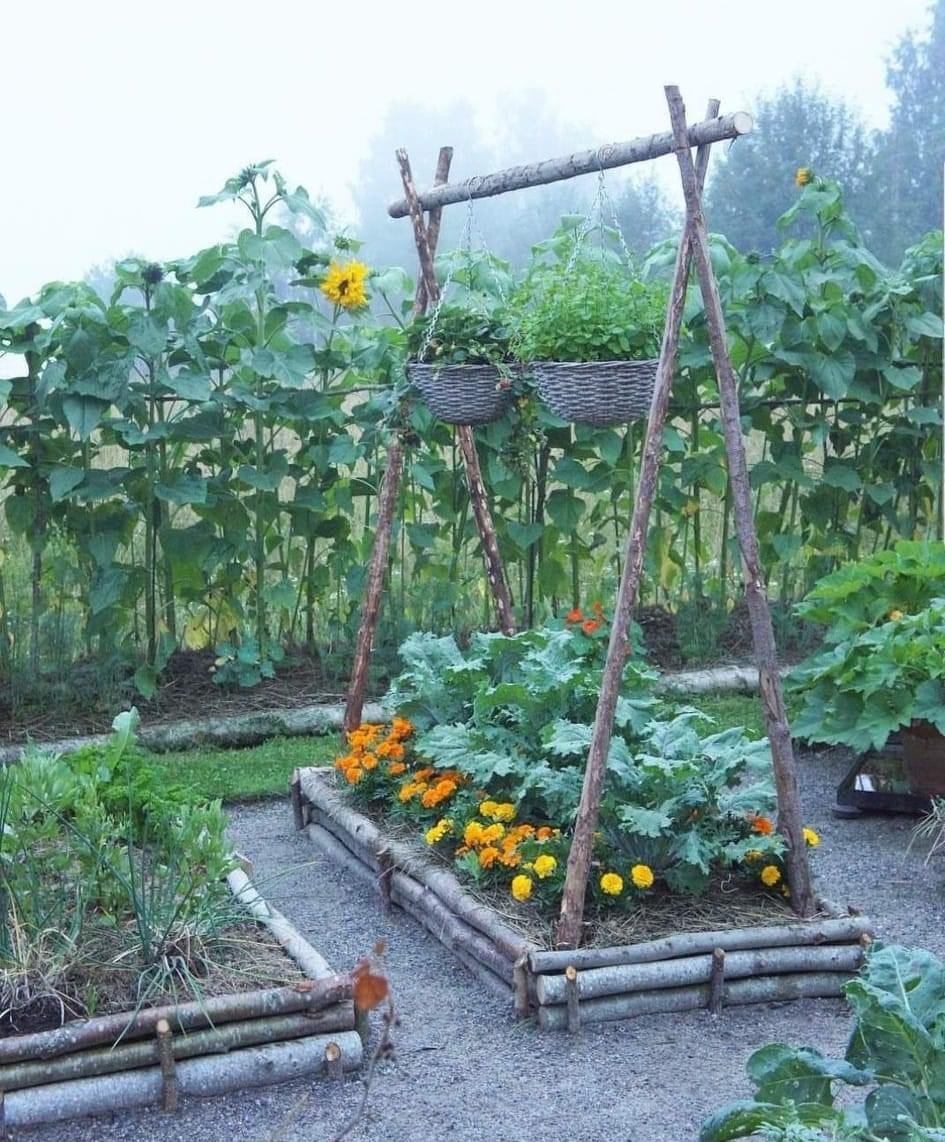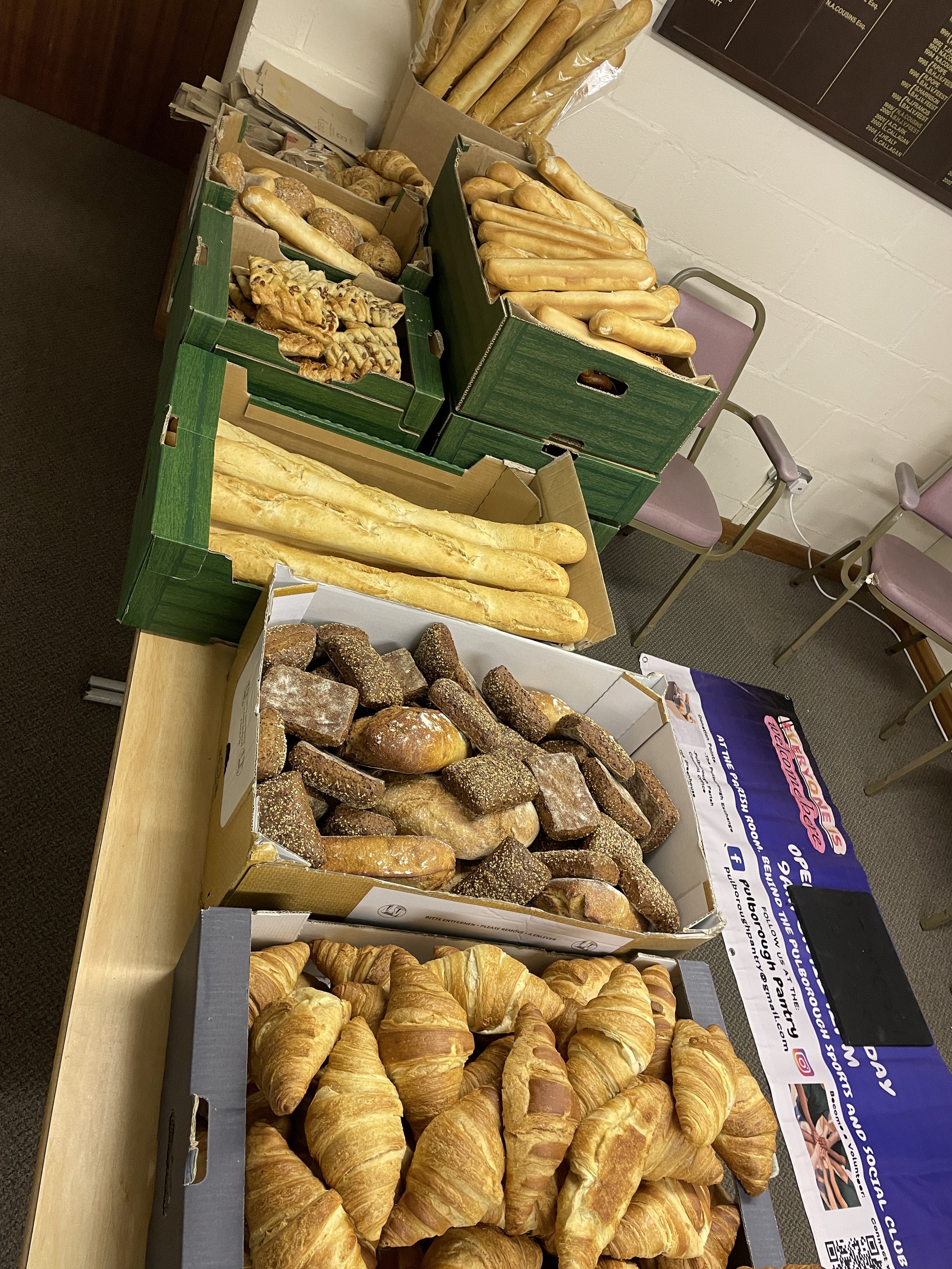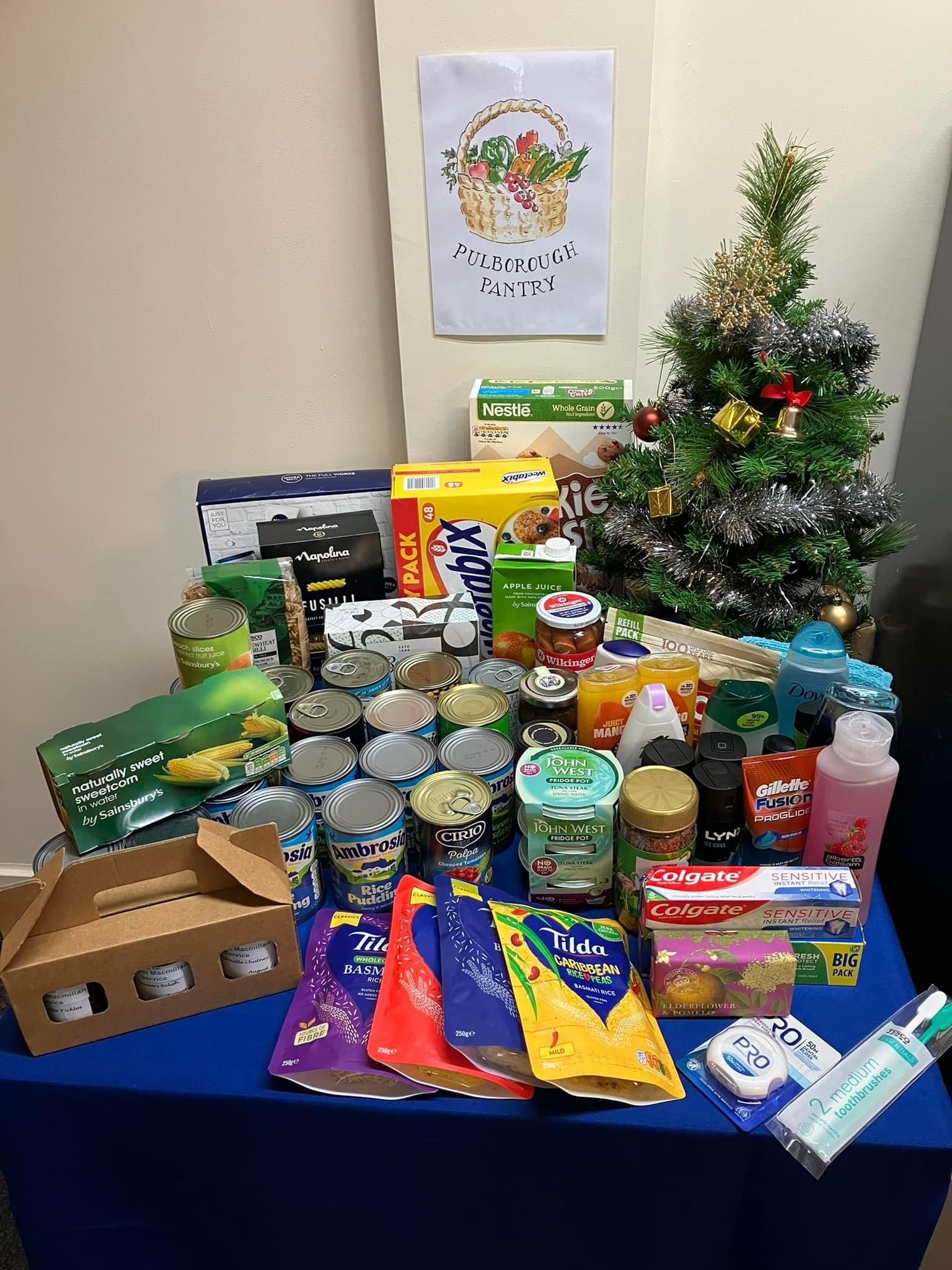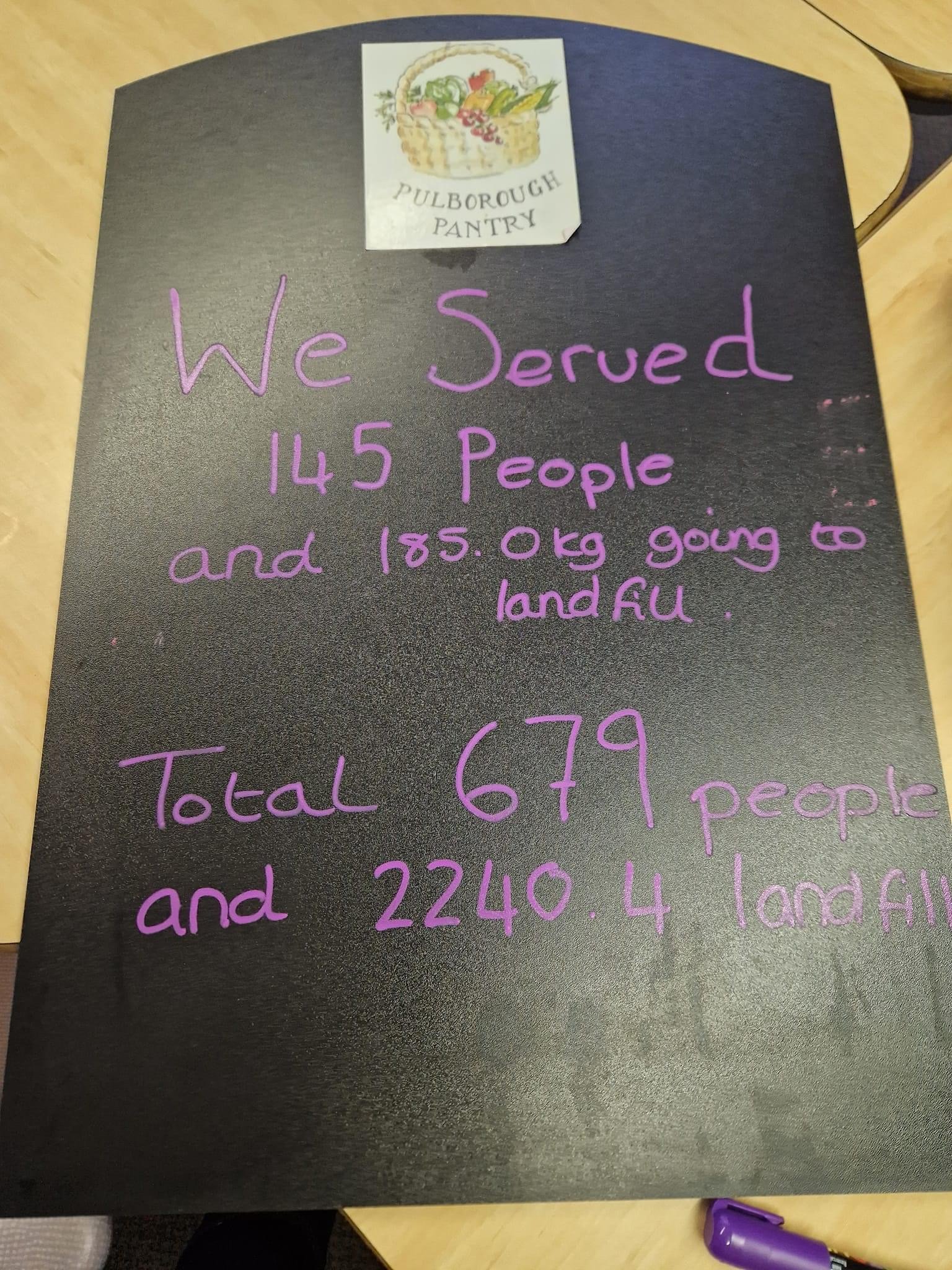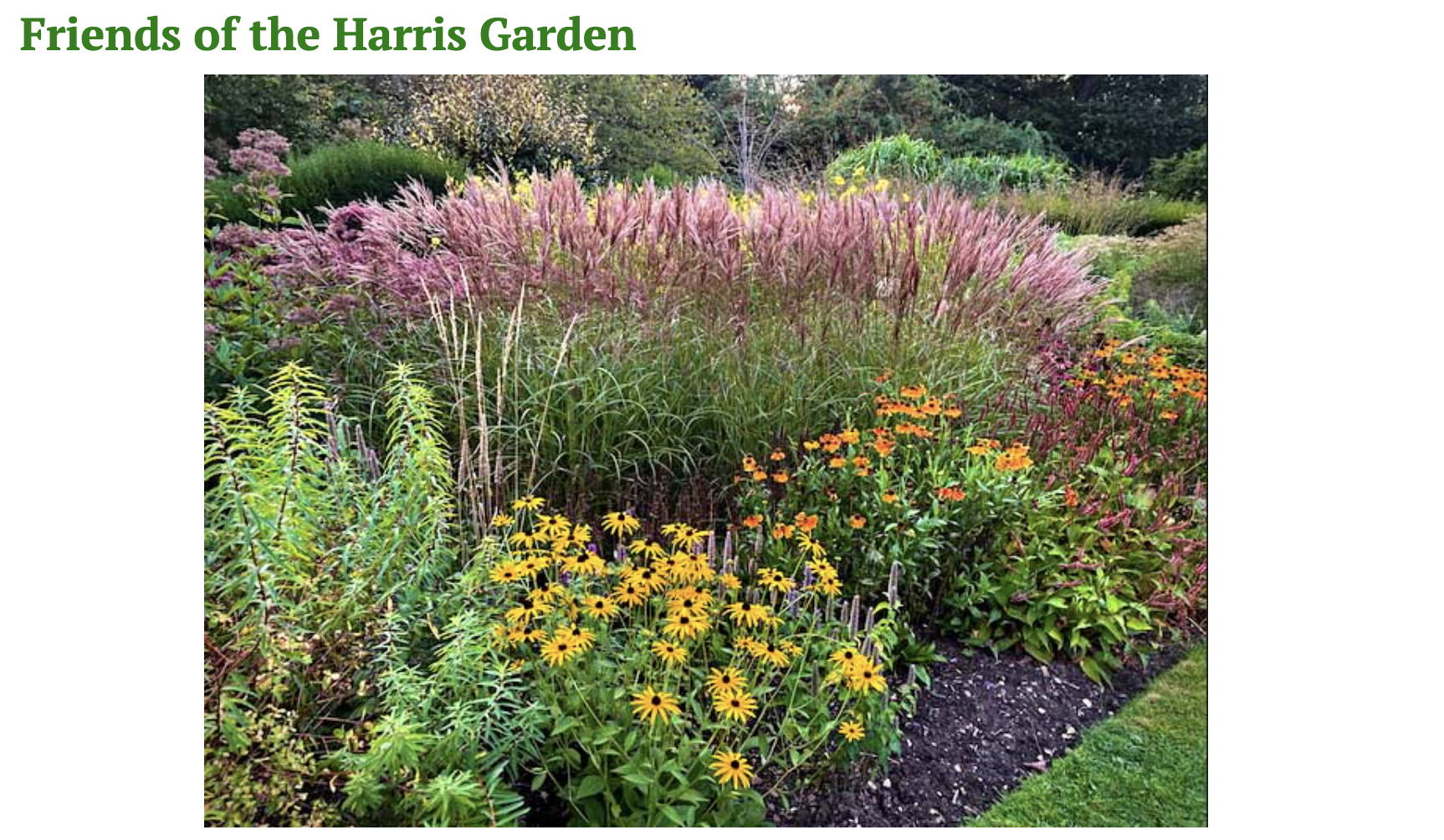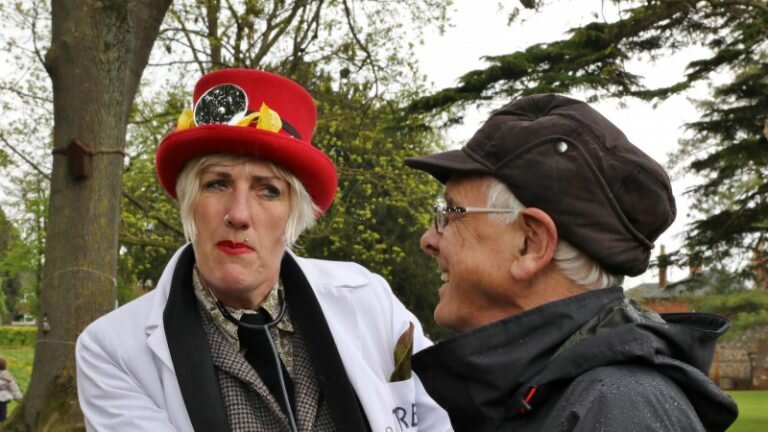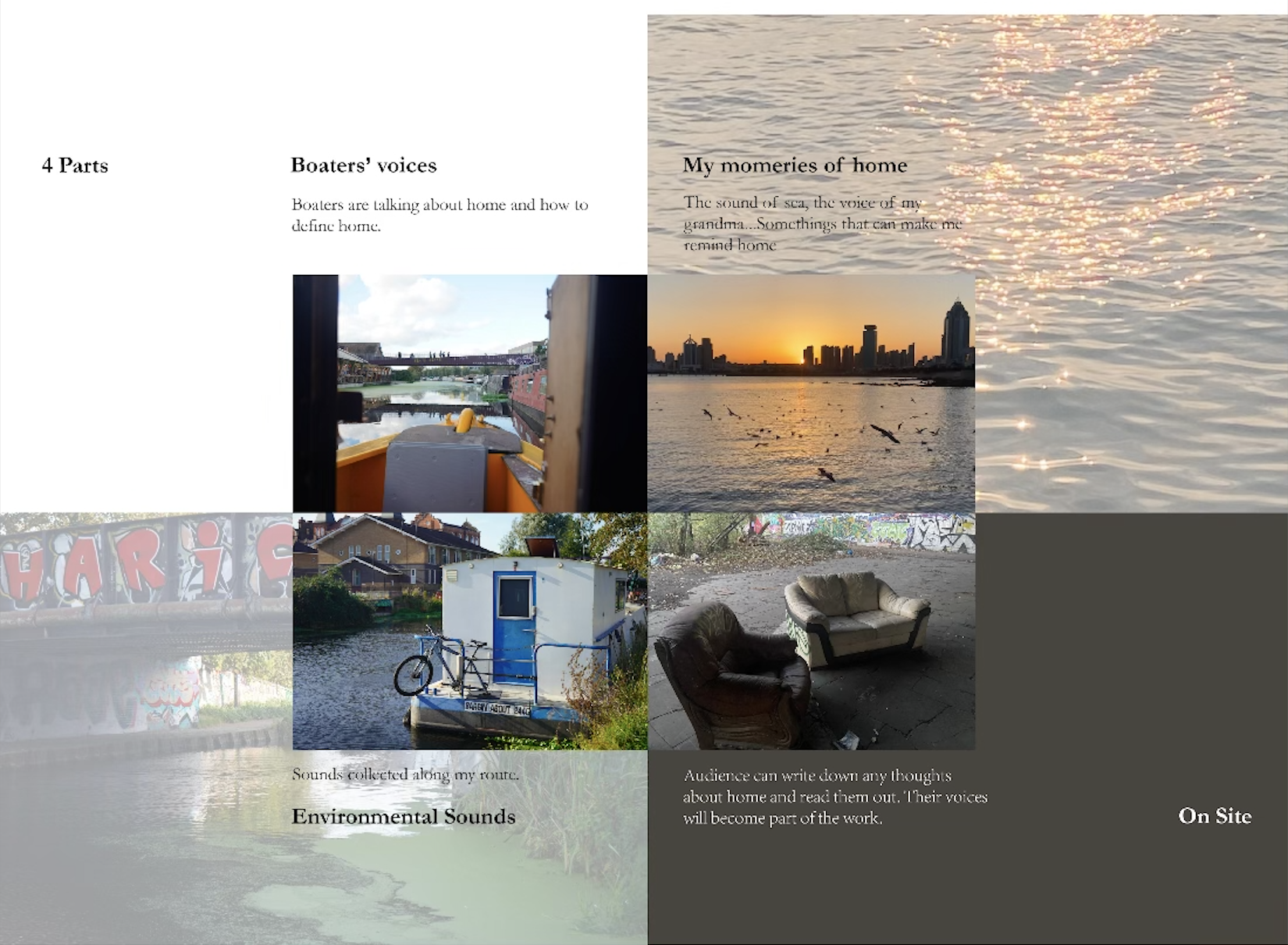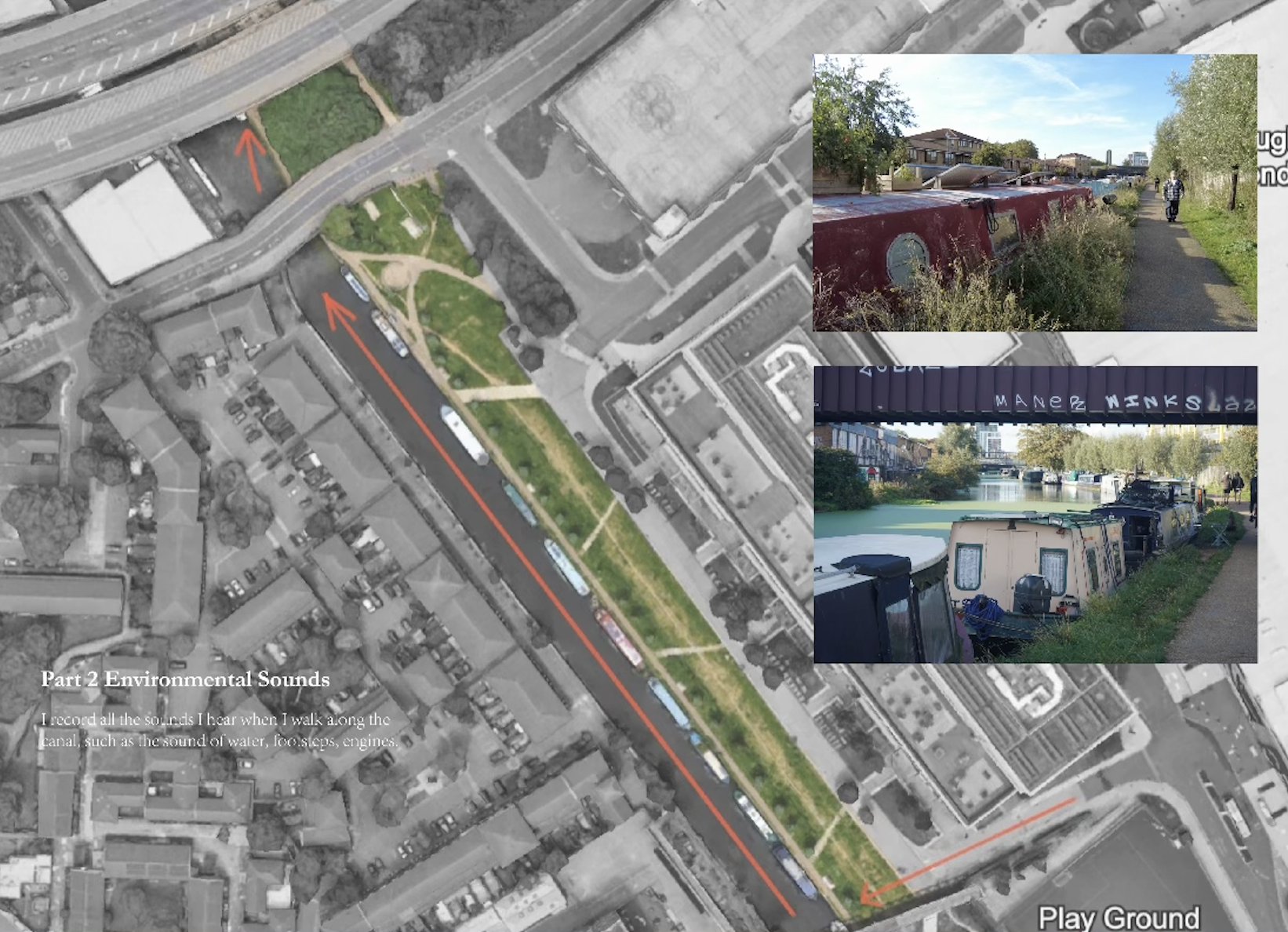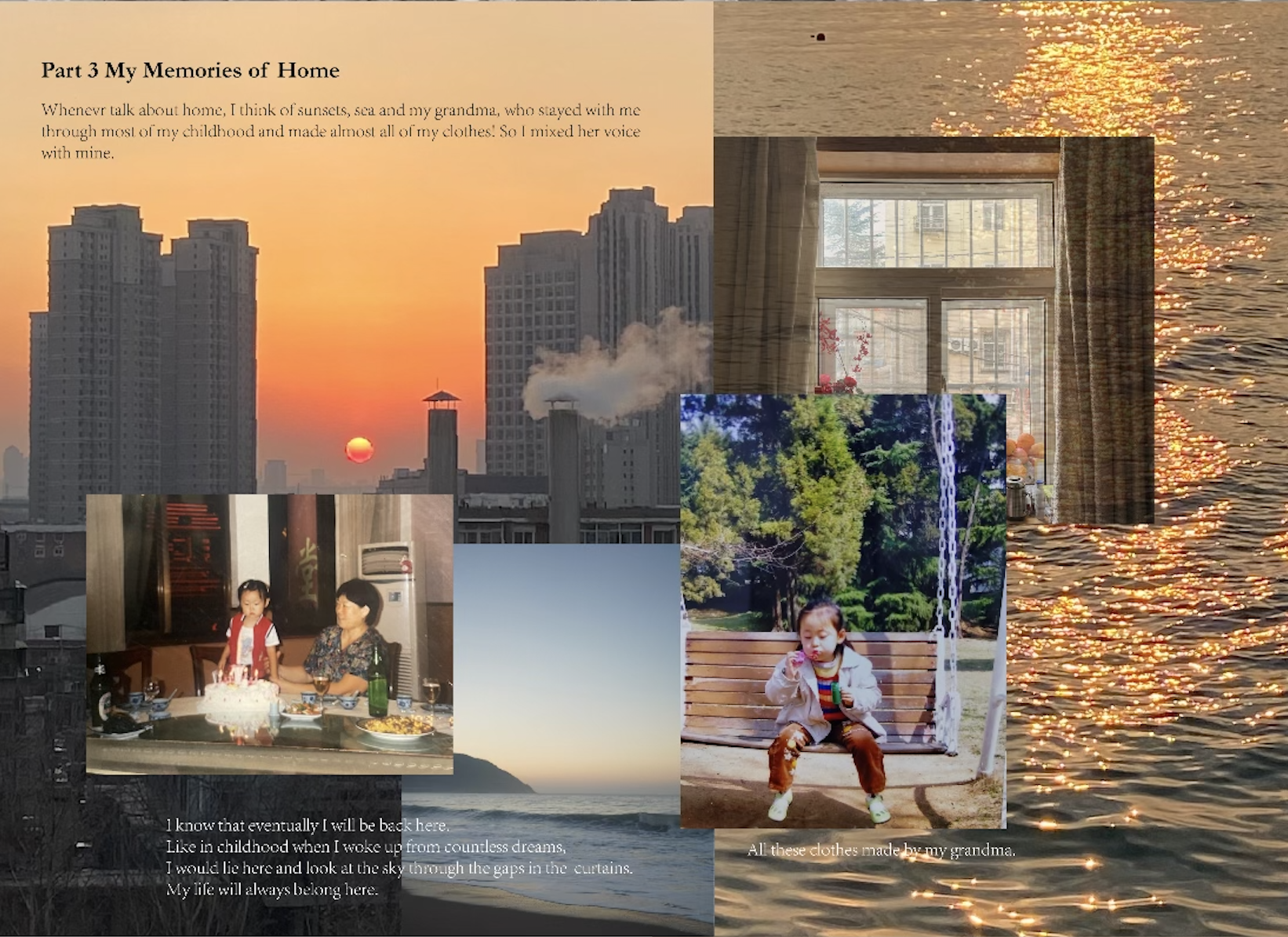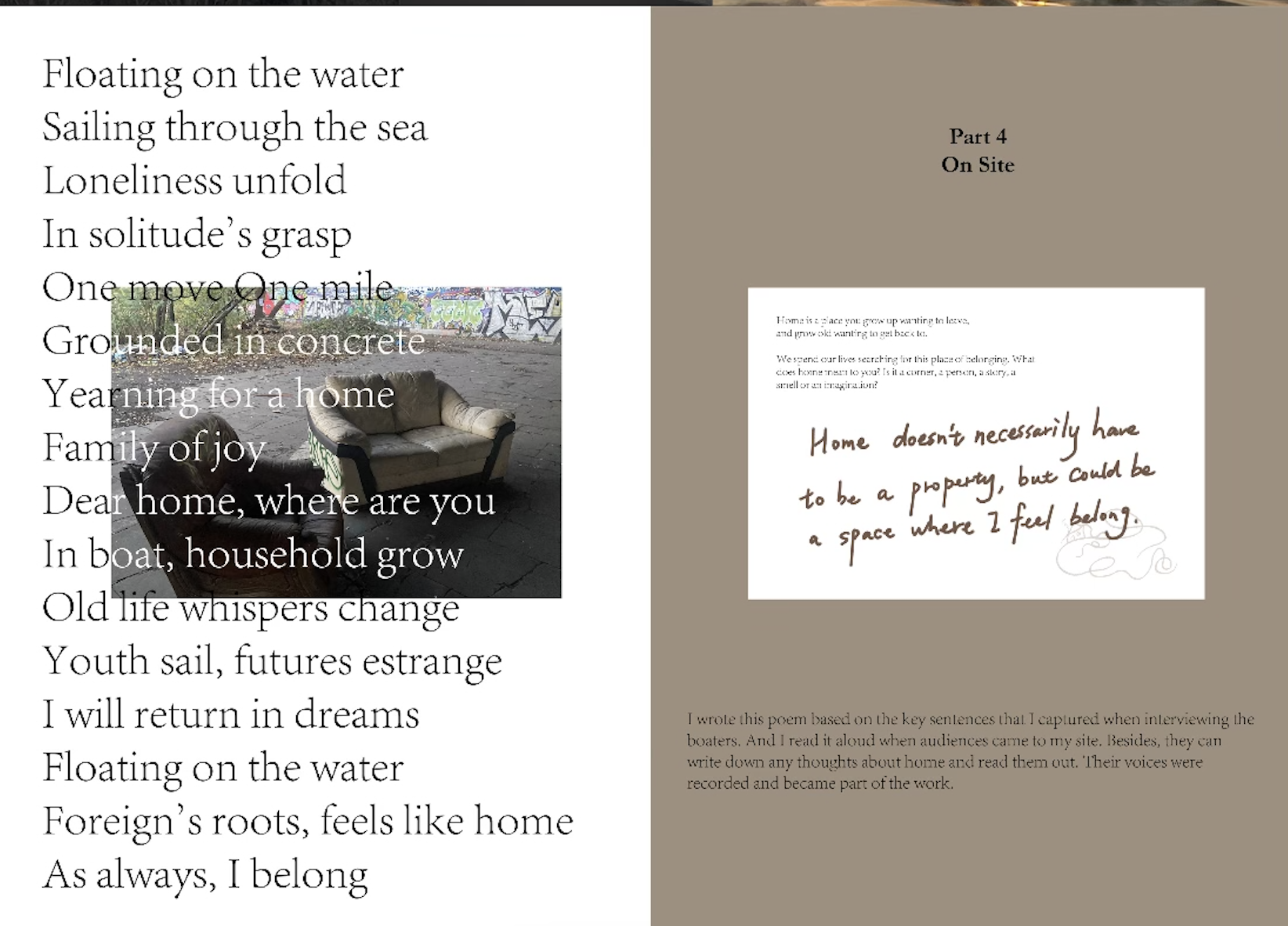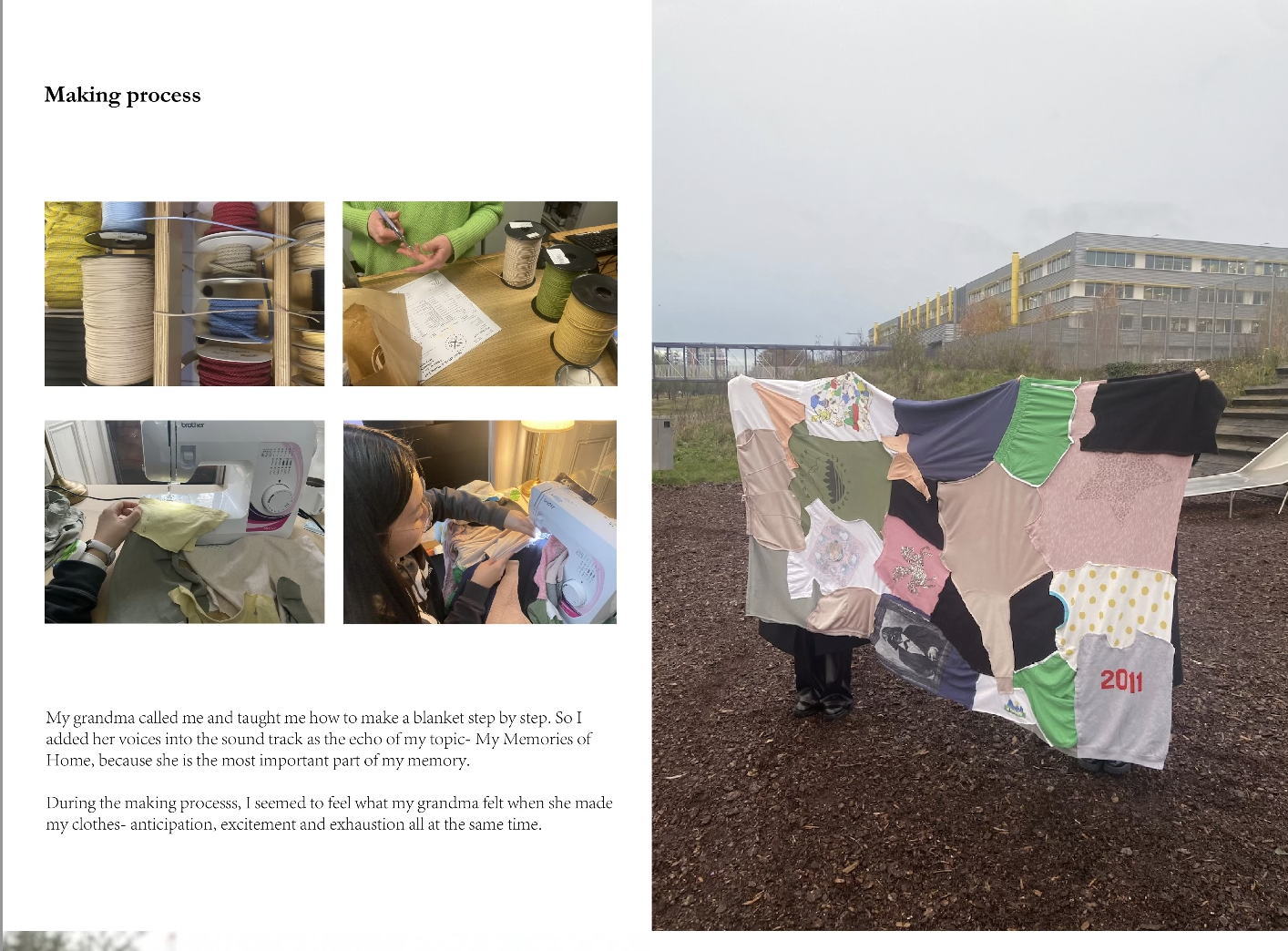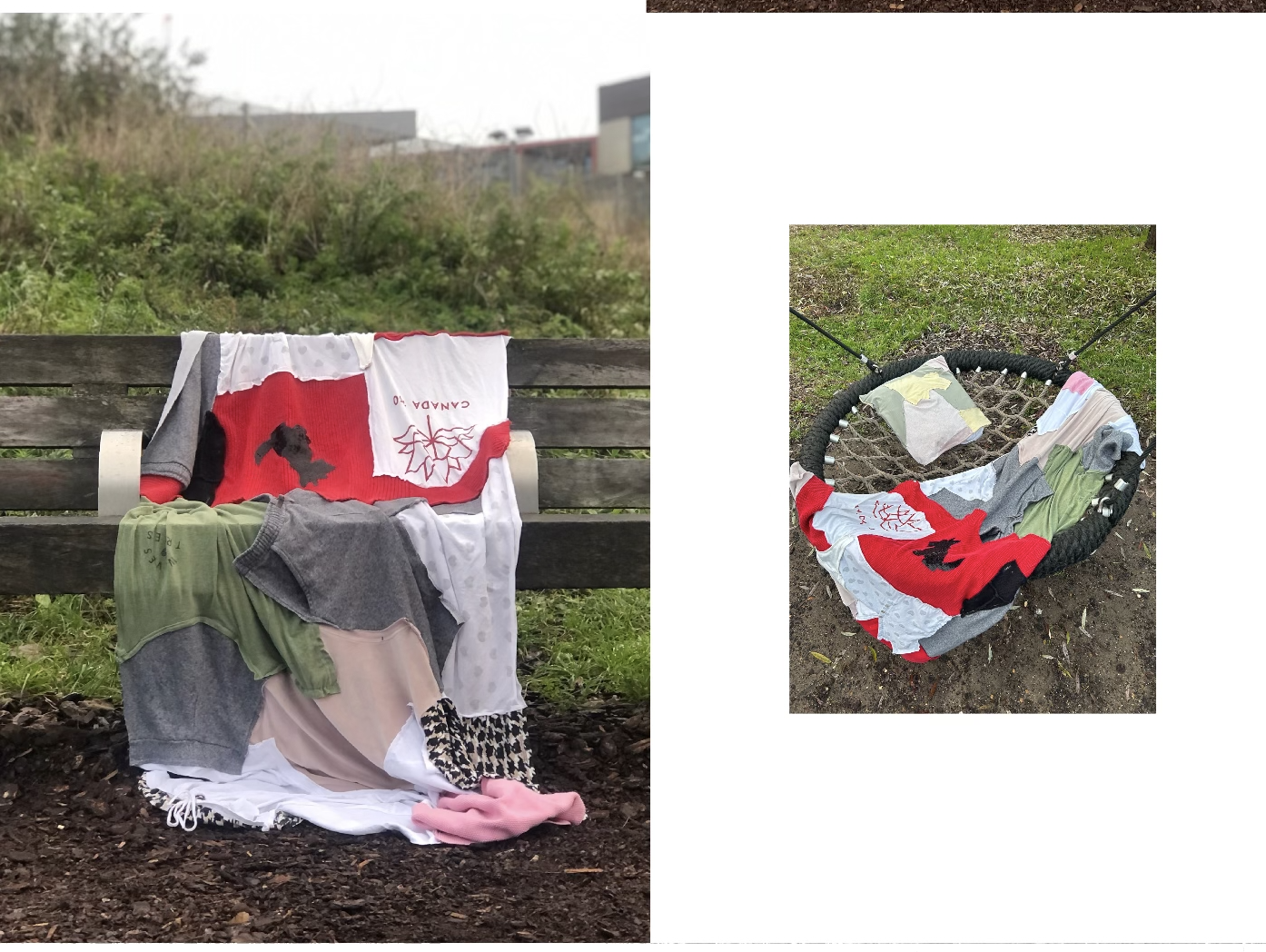This month, we delved into the enriching realm of Community Arts and Writing. It's likely that we all have a local artist in our midst, weaving the threads of creativity into the fabric of our community through various projects. We were eager to uncover these stories — to learn about the initiatives undertaken by local artists, and to delve into any creative writing that intertwines with the essence of our community.
Community arts, a central theme for this month, encompasses a variety of participatory and collaborative art forms. It's more than just an exploration of individual artistic endeavours; it's a celebration of inclusivity, collaboration, and the shared experiences among community members. This form of artistic expression extends beyond traditional perceptions, embracing the notion that creativity is a collective and communal journey.
While Community Arts and Writing took the spotlight this month, our thematic exploration is not confined to a singular focus. We continue to welcome and explore all themes that resonate with you. This month, however, we've curated a more selective showcase, placing a premium on quality over quantity. We encourage you to engage deeply with the content, allowing the narratives and expressions to resonate authentically with the community we cherish.
Thank you for your contributions, and we look forward to immersing ourselves in the richness of the stories and creative endeavors shared by our vibrant community.
(the image above is courtesy of environment & community artist Nichola Rodgers- with a traveling community piece created for the Yorkshire Sculpture Park)
>>>>>>>>><<<<<<<<<<<<<<
Sowing the Seeds of Sustainability: Nurturing Community, Art, and Food Resilience in Shared Spaces,
by Nichola Rodgers www.nicholarodgers.com
In the intricate tapestry of community life, there exists a profound connection between its members, the environment, and the expressions that weave them together. This harmonious fusion is vividly manifested in the convergence of community, art, and the sustenance provided by community gardens and food pantries. Beyond mere provision, this synergy embraces sustainability, harkening back to a time when communities rallied together, forging a bond rooted in shared values, creativity, and a commitment to nourishing both the body and the soul.
In Pulborough, I have been part of instigating these ideas along with fellow community member Maria Lee and the Parish Council. The principles of community, art, and sustainability converge seamlessly within the Pulborough Food Pantry and soon-to-be “Creative Garden”. We hope to instigate a local artist to create a vibrant mural depicting the town's history, community, and area.
Transforming a rundown allotment plot into a trial food garden and a living tribute to community spirit. The food pantry takes center stage in promoting sustainability, where the volunteers guide visitors through the journey of food waste and emphasize mindful consumption.
Within this community hub, the Pulborough residents actively participate in conversations around these activities, creating a lively space that strengthens social bonds and fosters an appreciation for food and community. The Pulborough Food Pantry and Garden, through these principles, of community will transcend their physical existence, becoming symbols of resilience, creativity, and sustainable living. Pulborough's commitment to interconnected values is paving the way for a future where art, nature, and nourishment harmonize to create a thriving and sustainable haven for all.
Community gardens, as vibrant ecosystems of communal growth, act as catalysts for the reawakening of the spirit of togetherness. Here, individuals come together not only to cultivate the land but also to cultivate relationships, fostering a sense of belonging and collaboration that resonates with the roots of human connection. The integration of art into these spaces lifts the utilitarian act of gardening, transforming it into a celebration of creativity and shared expression.
Visual arts, such as murals and sculptures, become integral components of community gardens. These artistic endeavours not only enhance the aesthetic appeal of the space but also communicate powerful messages about community, growth, and sustainability. Collaborations between local artists and community members give rise to installations that reflect the unique identity and aspirations of the people, making each food garden a living canvas that sustains the community in body and mind and tells the story of collective endeavour.
Performing arts, too, find a welcoming home in these green sanctuaries. The open spaces become stages for community events – be it theatre performances, musical gatherings, or dance recitals. These artistic expressions serve as communal celebrations, fostering a sense of shared purpose and collective joy. Art, in this context, becomes a conduit for communication, allowing community members to share their stories, traditions, and concerns.
As community gardens flourish, the concept of sustainability extends beyond the boundaries of the garden to address food insecurity through the establishment of adjoining food pantries. These pantries, while ensuring equitable access to the fruits of communal labor, become pivotal spaces for integrating sustainability practices, particularly in the realm of food waste.
Art, in the form of murals, can play a dual role in these food pantries, depicting not only themes of abundance and resilience but also conveying the importance of reducing food waste. Educational murals can illustrate the journey of food from seed to table, emphasizing the significance of mindful consumption. Interactive installations could encourage community members to engage in discussions about sustainable practices, transforming the act of accessing food into an opportunity for learning and shared responsibility.
By repurposing discarded materials or incorporating elements that showcase the nature of food production and consumption, these artistic expressions become powerful symbols of environmental stewardship. The pantry transforms into a space that not only provides sustenance but also educates and inspires individuals to embrace sustainable living practices.
At the core of this integration lies the profound connection between community members and the elements of nature, food, and art. Nature provides the raw materials for sustenance and artistic inspiration, while food becomes a medium through which communities express their cultural identity and interconnectedness. Art serves as the bridge that unites these elements, turning the act of growing, sharing, and consuming food into a rich tapestry of shared experiences.
This interconnectedness also harks back to a time when communities thrived on the principles of supporting one another. In returning to these roots, communities rediscover the strength that lies in collaboration, fostering a collective ethos that transcends the limitations of individual efforts. The journey towards sustainability becomes a communal endeavour, echoing the time-honoured tradition of neighbours supporting neighbours in times of need.
The marriage of community, art, and the cultivation of food extends beyond immediate needs to nurture the human spirit and build resilient communities. By integrating various forms of artistic expression into community gardens and food pantries, we not only celebrate creativity and togetherness but also embrace sustainability as an integral part of our shared journey. The seeds sown in these communal spaces grow into a tapestry that connects us to the land, each other, and the sustainable practices that will ensure a flourishing future for generations to come.
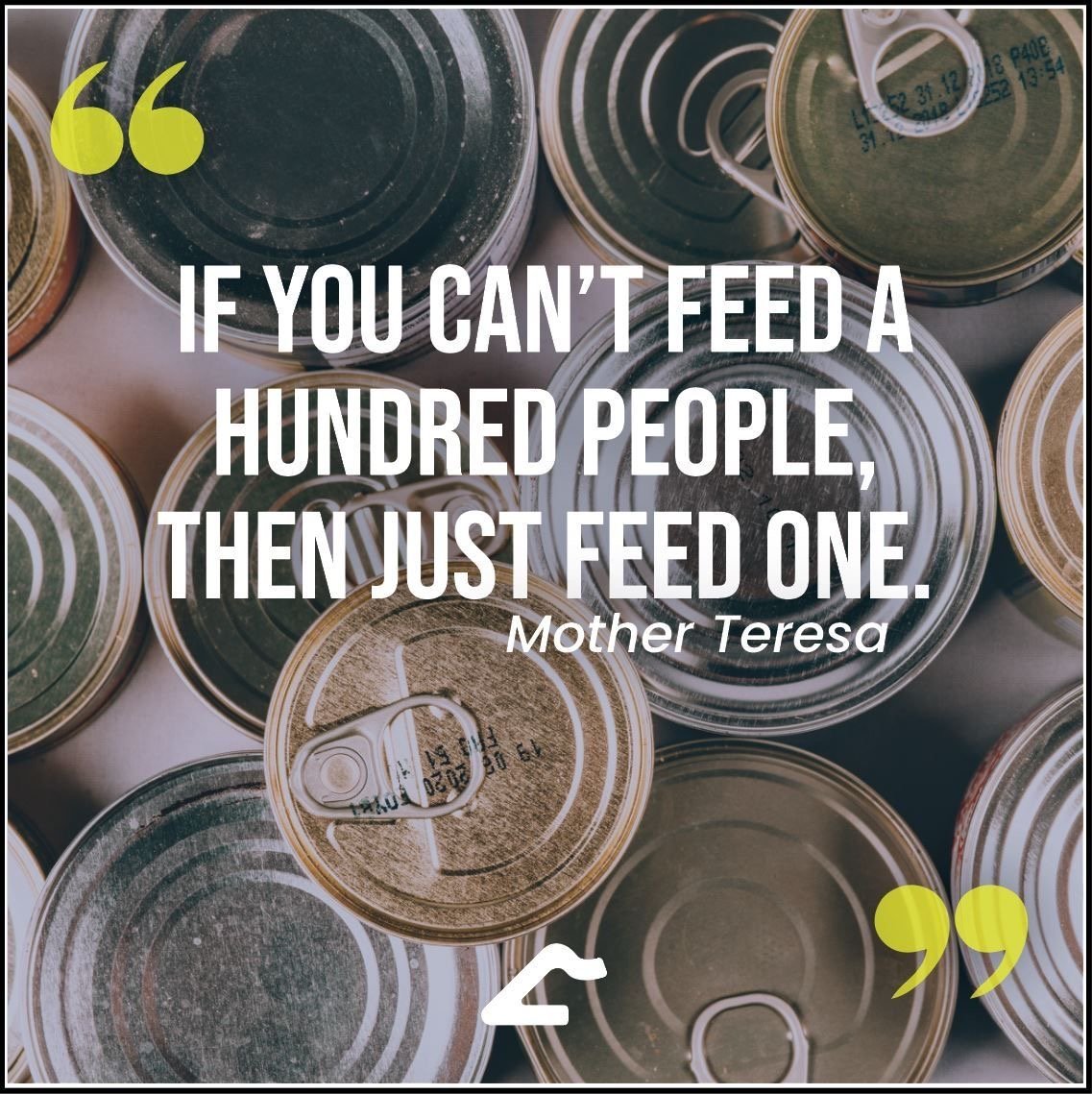
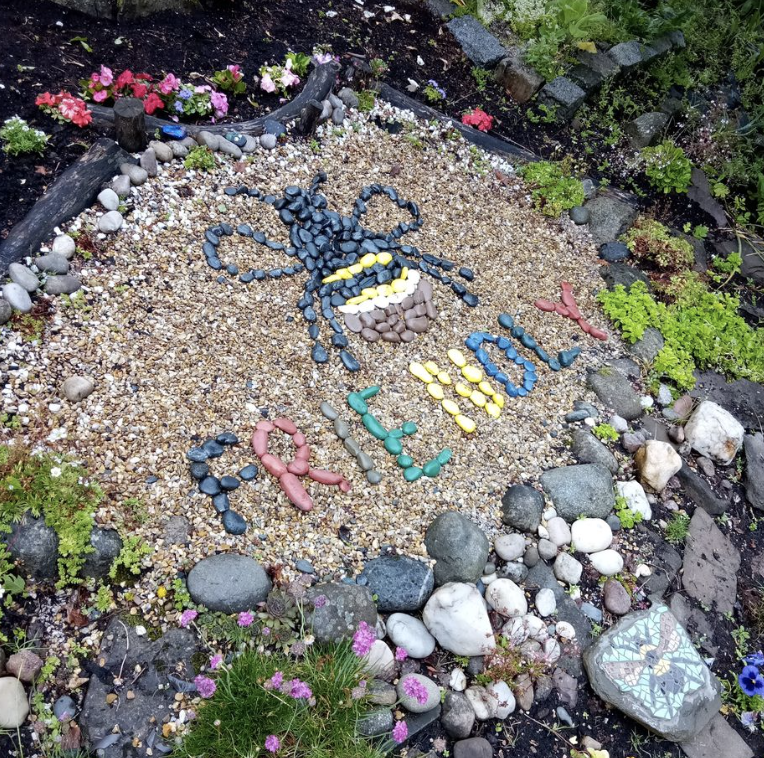
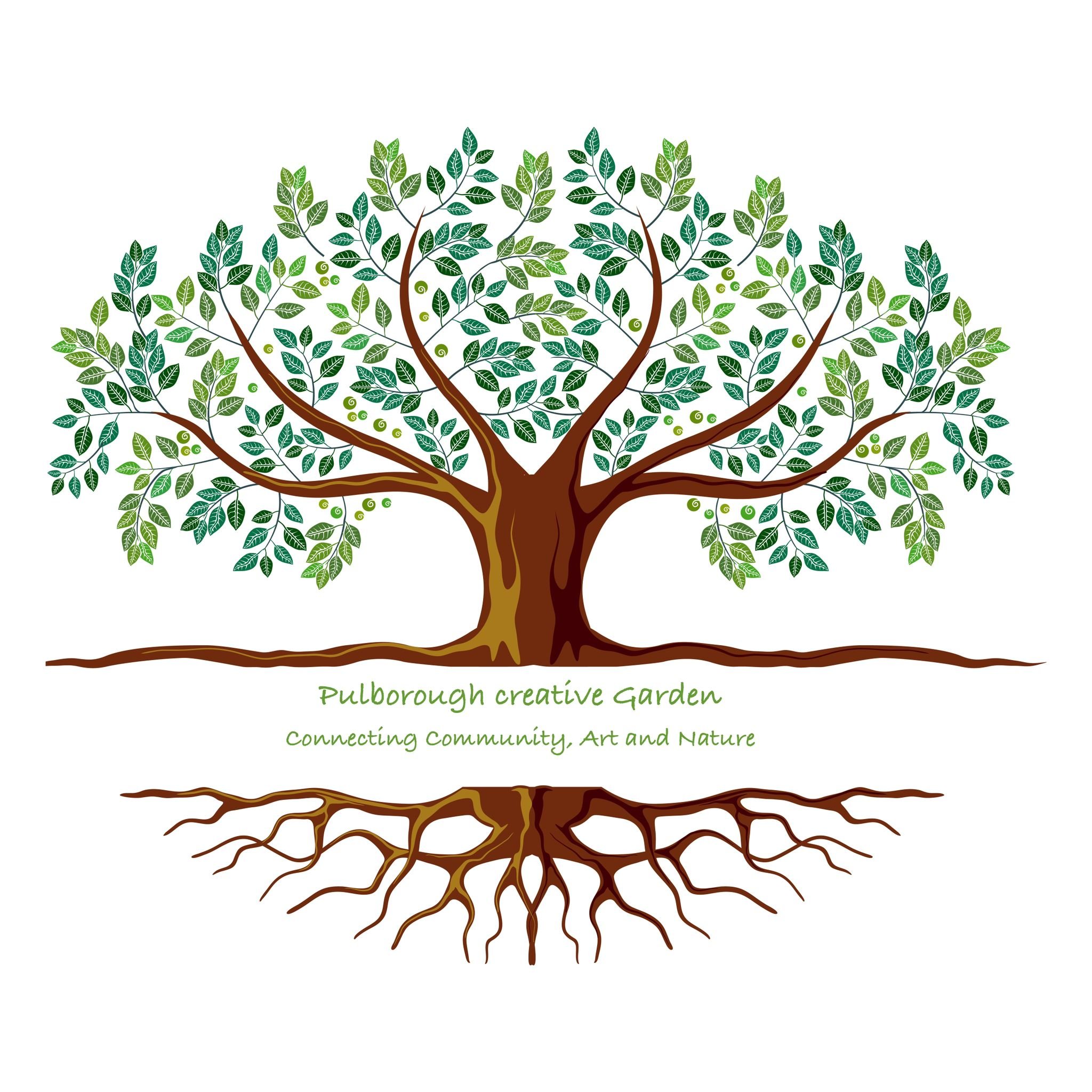


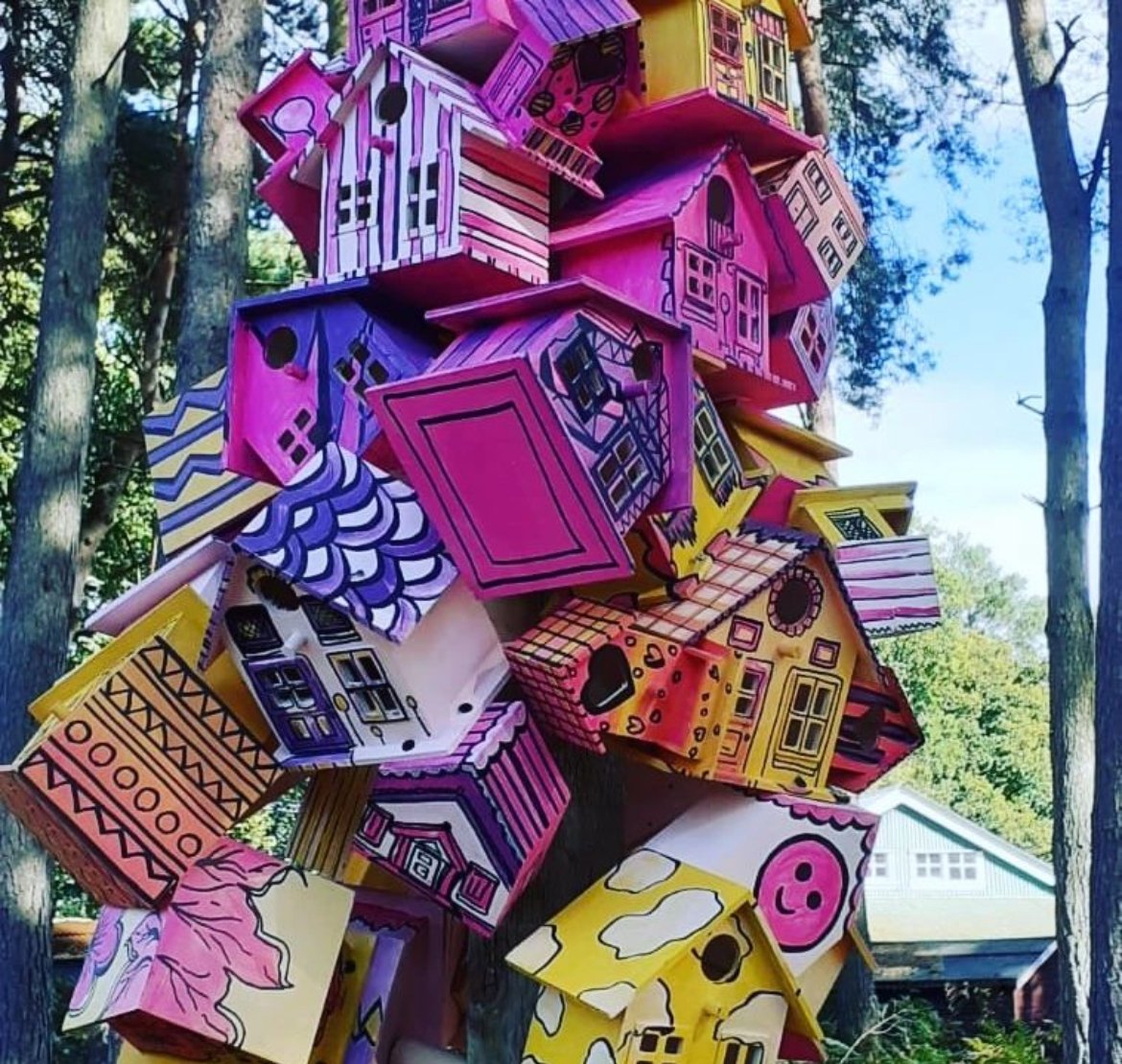
<<<<<<<<<<<>>>>>>>>>>>>>>>>>>
Stéphanie Mitchell
is a project manager and consultant specialising in supporting artists…
Bio
Stéphanie Mitchell is a project manager and consultant specialising in supporting artists, creative practitioners, and cultural leaders to plan and deliver their creative projects. She also works with different community groups as an organiser. She sometimes operates under the name we like detail.
Previously Stéph supported the planning and delivery of commissions and multi-artist, multi-venue exhibitions, workshops, and performances for Reading International, a contemporary art organisation based in Reading, England.
Before that, as Head of Production at Doc Society, a social justice documentary film foundation, Stéph ran their worldwide events programme at such venues as the New York Times Center, New World Center in Miami, and the Oslo Opera House, Norway. Stéph has also worked with the Independent Cinema Office, and the UK Film Council, and run an international film festival in the North East of England that included a 100-strong film programme, industry summit and education programme.
Community Art
There is a nuance between community artwork created by community groups or individuals perhaps working with an artist as a facilitator or workshop lead using their practice as inspiration - and Art in the Community, that is; an artist making work, perhaps as a commission or part of a wider art project, for members of the community either as a stand-alone piece or engaging with the community to create the work. Often this work focuses on working with members of the community that have less opportunity or access to art than other groups. I’d argue that both have equal value in terms of social impact.
My work is mostly grounded in the latter; supporting artists to create work in different spaces as part of a commission. Often I’m a facilitator as curator, of sorts, - bringing different practices together to create work that can have a direct benefit to the community both in the making process and in the delivery of and engagement with the work.
An example is Sounds of Nature - a commission by the University of Reading Art Strategy (Public Art) team - responded to a call to increase public engagement with the Harris Gardens, a botanical garden on the doorstep of a community where families are at 19.1% risk of falling into poverty.. The approach was one of collaboration between the University Estates looks after the Garden, the University Community Team, research academics working in Biological Sciences, an environmental education practitioner, Charlotte Allchin, and sound artist, Richard Bentley. Local primary school groups were invited to the Garden for a day of learning, exploring, and creating. First introducing them to the Harris Garden’s ecology and history were biological scientists, Dr Alastair Culham and Professor Julie Hawkins. Charlotte taught the children about plants, bugs, and trees, and guided them to create small artworks using leaves and twigs, and ink made from flowers. Richard led the children in discovering percussive instruments from different cultures and taught the children to use sound recording equipment. The children recorded sounds in the Harris Garden under Richard’s stewardship. These sounds were used by Richard to create a unique sound piece as a background to an audio trail to guide visitors around the space with a script written and narrated by activist artist and outdoor educator Teresa Verney Brookes.
The project achieved a significant level of impact at the time of engagement – introducing the children to sound as art, empowering them to make artistic choices on what to record and understand why they made that choice, and gaining some technical skills using basic sound equipment. It exposed them to the outdoors - many of the children have no access to green space at home and limited opportunity to access it otherwise.
As artists, curators, facilitators, and makers, we talk a lot about Art being essential. For the groups I work with, Art is abstract. Until they are allowed to engage with it on a visceral level, be part of the creating process, and see that what they have created has an impact on them, and even the wider community.
For more about Sounds of Nature click here.
<<<<<<<<<>>>>>>>>>>>>>>
Artist name -Jo Howell
Social Media -@art_in_sunderland
Website - https://maverickbeyond.com/
Millfield - a community research piece
Description
Funded by Sunderland I was engaged to work with people who lived in the Millfield area of Sunderland. For several weeks I met up with a group who explored the 1902 pub built by Sunderland architects. The Mountain Daisy houses £3 million worth of heritage tiles. Many people have done the same as me. This imposing piece of architecture is from another era and the decadence of the tiles, glasswork, and humongous rooms is so out of sync with the severely deprived area where it sits.
<<<<<<<<<<<>>>>>>>>>>>>>
Artist name - Jiaqi Li
Social Media - @Jessieli_works
Website - www.Jessielijiaqi.com
As the river flow- Concepts
DESCRIPTION
By the close of the nineteenth century, around 8,000 individuals in the UK resided on narrowboats. In contemporary times, the Canal and River Trust approximates that more than 15,000 people permanently inhabit canals and waterways. Due to historical biases, the essence of canal life has been veiled, concealing the untold stories of those dwelling on the boats. In an effort to unveil these narratives, I embarked on a mission to gather firsthand accounts and artifacts from the canal community through interviews. Drawing inspiration from these compelling stories and my own nostalgic recollections of home, I composed three musical pieces. Additionally, I assembled a collection of vintage clothing from the community, repurposing them into blankets and pillows infused with the cherished memories of their previous owners. The culmination of these endeavors manifested in the creation of an interactive space beneath the bridge along the Hackney Wick River. This initiative sought to foster community engagement by providing a platform for individuals to explore and discuss their perceptions and definitions of home. Through a blend of photos, sounds, and conversations, the project aimed to bridge the gap between people, promoting a collective understanding of the diverse and rich tapestry of canal life.
As the river flows- Crafts
DESCRIPTION
I collected people's clothes and used them to make blankets and pillows, which hold memories of people.



